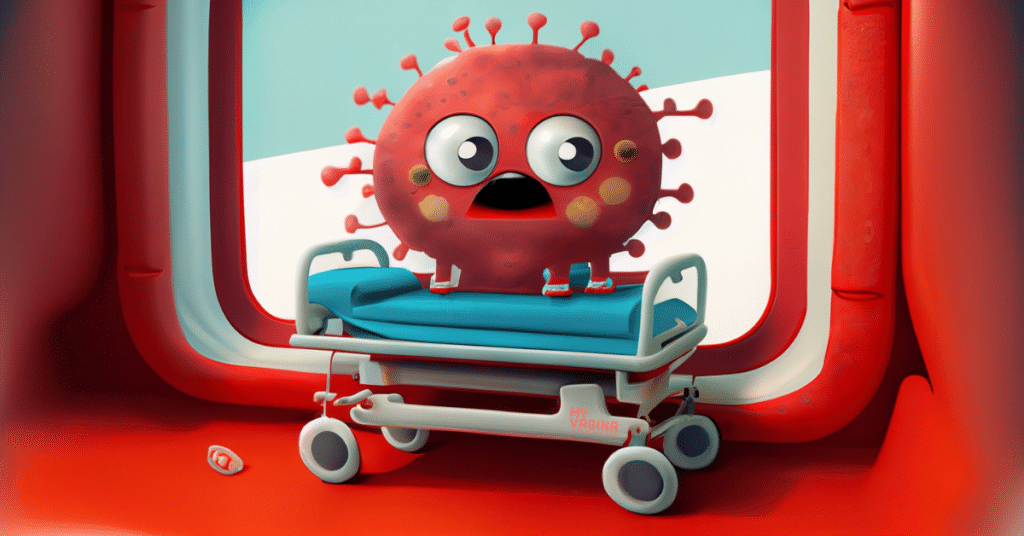Toxic shock syndrome (TSS) is a horrible name for a staph infection that can cause death. The only reason anyone knows about it is because it has been associated with tampon use, however anyone can get TSS, including men and children. You probably won’t know you have this until you are hospitalised because the symptoms are so generic.1,2
You do not get a sore vagina to alert you to the problem.
Tampon use is not a factor in most TSS cases, and is rare
The infection is caused by Staphylococcus aureus, which you may already be familiar with. Staph gets into the vaginal tissues via an opening, like a cut or fissure, though nobody knows exactly why TSS occurs. Tampons getting left in for a long time combined with a cut and possible compromised immunity both inside of and outside the vagina are the likely problem package.3,4
If you have recently given birth, use a diaphragm or vaginal sponge, or have any cuts (including surgery), burns or abrasions in or around your vagina, you have a greater risk of TSS.
Symptoms of toxic shock syndrome
Usually sudden in onset, symptoms can include:
- Fever
- Low blood pressure
- Headaches
- Muscle aches
- Confusion
- Diarrhoea
- Nausea
- Vomiting
- Rash
- Red eyes, mouth and throat
- Seizures
So it looks like a variation on the flu, and it will be hard to diagnose it without further testing.
Diagnosis of toxic shock syndrome
You will be examined and blood and urine samples may be taken to check for Staphylococcus or Streptococcus. Other functional tests might be done, such as liver or kidney, and throat and vaginal swabs.
Treatment of toxic shock syndrome
You will be treated in hospital for TSS, probably in intensive care on antibiotic drips.5 The cause will be determined (cut, abrasion, tampon, etc.) and treated. The survival rate of toxic shock syndrome sufferers is 50 per cent, because it can affect your liver, kidneys, heart and blood flow.
Prevention of toxic shock syndrome
- Change your tampon at least every 4-8 hours
- Use tampon sizes that suit your flow
- Possibly use panty liners on very-low flow days
- Keep your hands clean when inserting and removing tampons
- Be cautious if you have a cut or abrasion in or around your vagina while you have your period
References
- 1.Silvestre C, Vyas H. Toxic shock syndrome: diagnosis and management. Paediatrics and Child Health. Published online June 2022:226-228. doi:10.1016/j.paed.2022.03.004
- 2.Biswas S, Ray A, Fazal F, Mahajan S. Toxic shock syndrome: the great masquerader. BMJ Case Rep. Published online November 2018:e226123. doi:10.1136/bcr-2018-226123
- 3.Ortiz Rojas HJ, García-Perdomo HA. Association between tampons and toxic shock syndrome in menstruating women: A systematic review and meta-analysis. Sexologies. Published online December 2022:444-452. doi:10.1016/j.sexol.2022.08.001
- 4.Billon A, Gustin MP, Tristan A, et al. Association of characteristics of tampon use with menstrual toxic shock syndrome in France. EClinicalMedicine. Published online April 2020:100308. doi:10.1016/j.eclinm.2020.100308
- 5.Amreen S, Brar SK, Perveen S, Chaudhry MR, AlBabtain S, Khan S. Clinical Efficacy of Intravenous Immunoglobulins in Management of Toxic Shock Syndrome: An Updated Literature Review. Cureus. Published online January 21, 2021. doi:10.7759/cureus.12836








